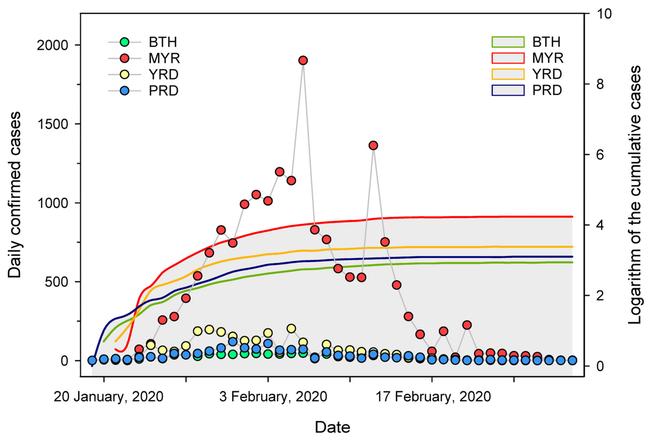During the COVID-19 pandemic, we have seen false and dangerous claims that drinking bleach or injecting disinfectant can prevent SARS-CoV-2 infection. However, previous epidemics have also caused people to take drastic measures in an attempt to protect themselves – sometimes with tragic consequences.
Over 30 countries were struck by the 2002-2004 SARS outbreak, with 8,096 people affected and 774 people dying from the disease. One of the countries hit by the virus was Taiwan. According to the Taiwan CDC, there were 664 probable cases of SARS in the country between March and June 2003, with 346 confirmed via PCR or antibody tests. Of these confirmed cases, 73 were fatal.
Understandably, people wanted to avoid falling ill. Unfortunately, a 45-year-old woman in Taiwan died due to an unusual effort to ward off the virus. The woman ended up passing away after bathing in 40.5% ethanol for an extended period of time.
“She had put herself into the fluid from around 11 p.m. believing it could prevent SARS and was found dead at about 11 a.m. the next day by her family,” write the authors of the medical case report detailing the event, published in Forensic Science International in 2005.

The woman’s blood alcohol concentration (BAC) was found to be 1,350 milligrams per 100 milliliters of blood (or 1.35%). For context, a BAC of 0.4% can be fatal. According to calculations done by the authors, she would have had to absorb 1.5 liters of 40% alcohol to reach this BAC.
Other documented cases of people with a BAC over 1% are rare, but reports of them do exist. In December 2010, a man was reportedly arrested in Queenstown, South Africa, driving a van containing five boys, a woman, and 15 allegedly stolen sheep. His BAC was found to be 1.6%. A paper from 1984 describes a man who survived a BAC of 1.5%, but only after treatment with dialysis and intravenously administered fructose.
When she was found in the bathtub, the woman’s head was above the fluid level, as the bathtub was too small to fit her entire body in, so the researchers claim that it was unlikely she drank a large amount of the alcohol. She also showed no signs of trauma, ingestion of drugs, or drowning.
Instead, the authors of the paper theorize that the alcohol was inhaled and/or absorbed via the skin. “Alcohol (ethanol) can be absorbed through the skin, but intoxication caused by skin absorption is rare, especially in adults,” they wrote. "Nevertheless, she might have inhaled some alcohol, which would have accelerated her intoxication."
The authors also reason that once her BAC reached a certain level, her ability to climb out of the bathtub would have been inhibited.
While this case is shocking and sad, severe adverse effects from disinfecting the skin with alcohol are rare. According to the WHO Q&A page on the risks of alcohol-based hand rubs: “Published studies to date have shown that after using the handrubs, alcohol levels found in the blood are insignificant (ethanol) or not detectable (iso-propyl).”
As the authors of the case report conclude, “This tragic case has demonstrated that people facing a crisis such as the SARS epidemic may take extreme measures.”